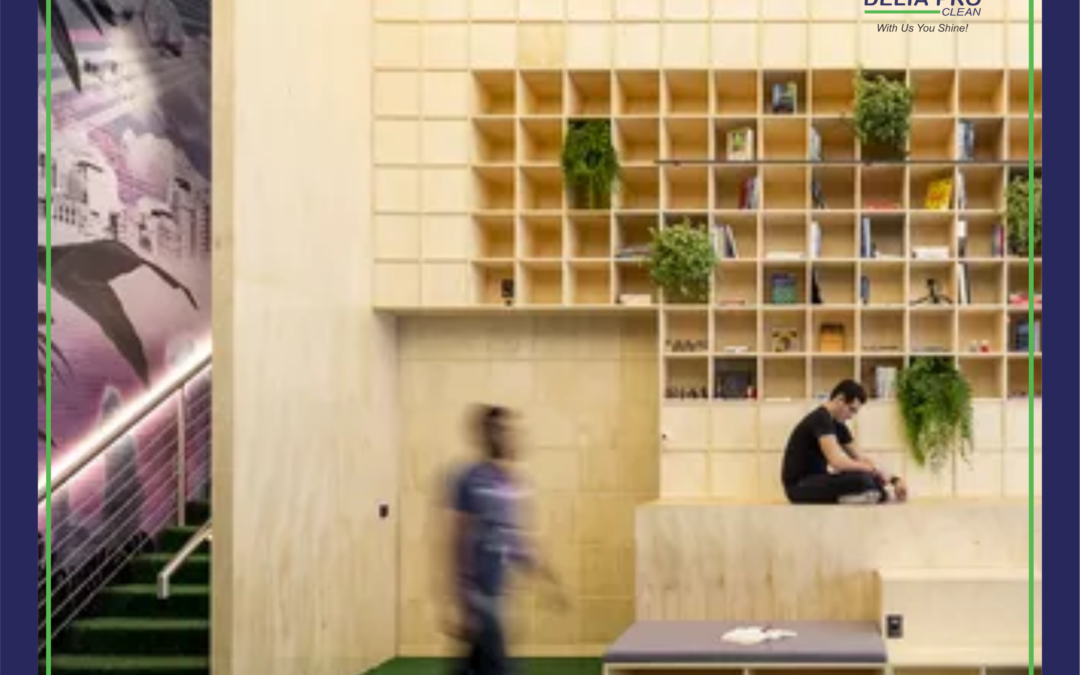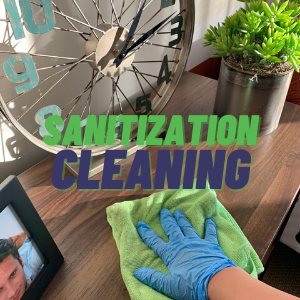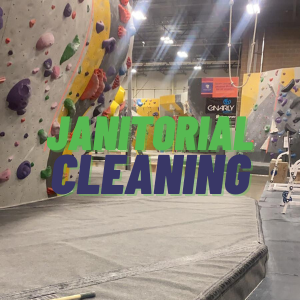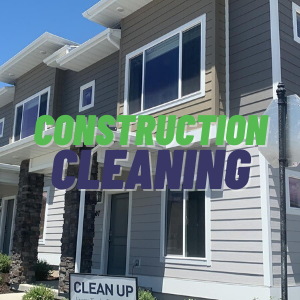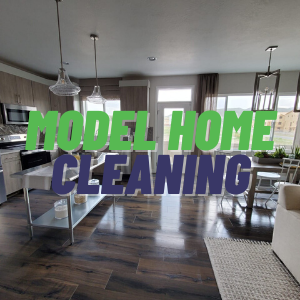In a constantly evolving business world, adapting and continually learning is more than a skill, it’s a necessity. For leaders and educators, the mission goes beyond imparting knowledge; it’s about creating environments that inspire and facilitate effective change and training. This article dives into the construction of ideal spaces, where sensory factors are as important as cultural and structural aspects.
Cultivating a Culture of Continuous Learning
Learning is a journey that begins with an environment that awakens curiosity and nourishes the mind. Creating this environment means going beyond books and lectures; it’s about creating a space that speaks to all senses, stimulating creativity and innovation.
The Synesthesia of the Learning Space
Sensory aspects in a learning environment – such as visual organization, cleanliness, pleasant scents, the texture of materials, and the harmony of colors – play a key role. A clean and orderly environment minimizes distractions, increasing focus. Scents can improve mood and memory retention, while a color palette and adequate lighting stimulate learning.
Space for Errors and Growth
An environment that encourages experimentation and sees mistakes as growth opportunities is essential for effective learning. This includes a space that is comfortable both physically and psychologically, where learners feel safe to explore and express their ideas.
Resources and Environmental Stimulation
Learning tools and resources are crucial, but the physical environment where they are used can enhance or diminish their effect. Classrooms and training spaces should be equipped with modern technology and designed to promote engagement and collaboration.
Inspiring Leadership in a Sensorially Rich Environment
Leaders and educators should demonstrate their commitment to learning in an environment that not only stimulates the mind but also pleases the senses, creating a richer and more engaging learning experience.
Collaboration and Knowledge Exchange
Fostering a collaborative environment where knowledge is shared implies creating spaces that promote interaction and sensory comfort, facilitating communication and idea sharing.
Constant Evaluation and Adjustment
Maintaining the relevance and effectiveness of a learning space requires constant evaluation and adjustments, including its sensory elements, to ensure they continue to inspire and facilitate learning.
Conclusion: A Holistic Experience
Creating an appropriate environment for change and training is a continuous journey that embraces both cognitive and sensory aspects. As leaders, we have the responsibility to cultivate these spaces, essential for team growth and sustainable organizational success. An effective learning environment is one that satisfies the mind and senses, creating a holistic and enriching experience.
